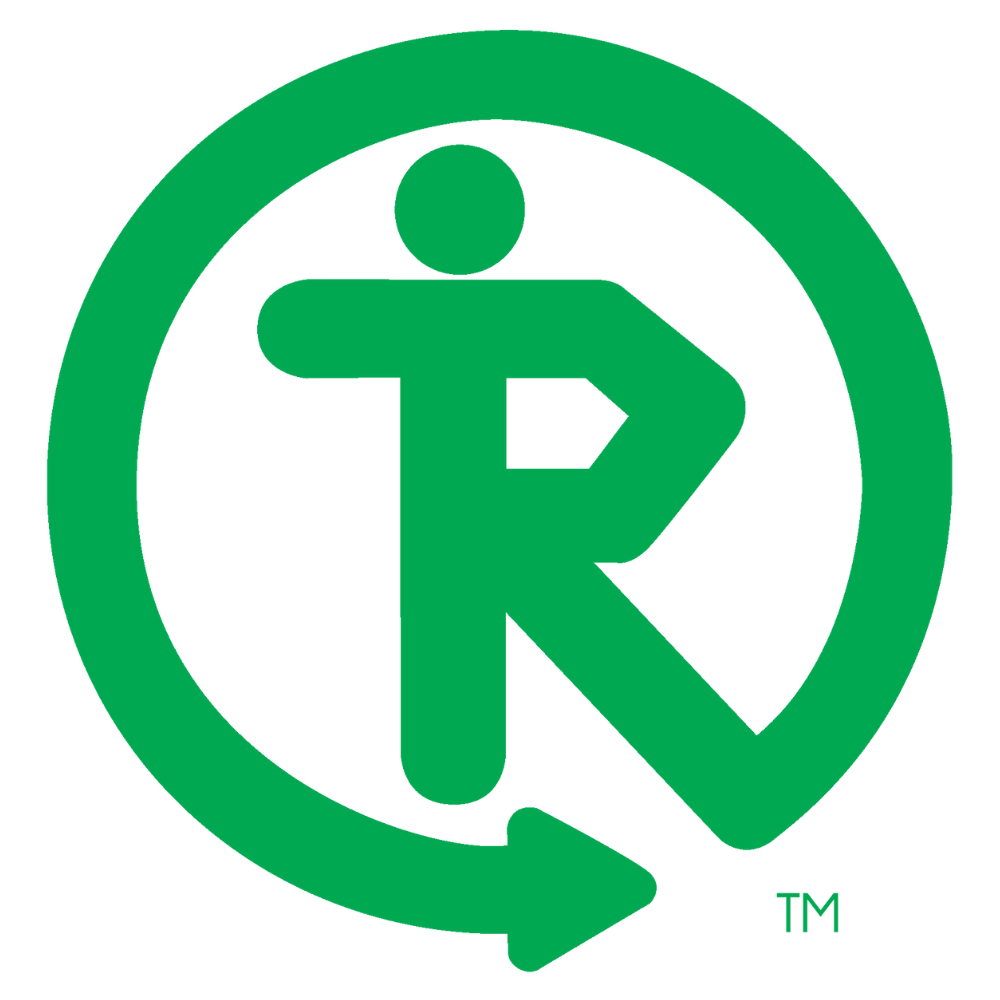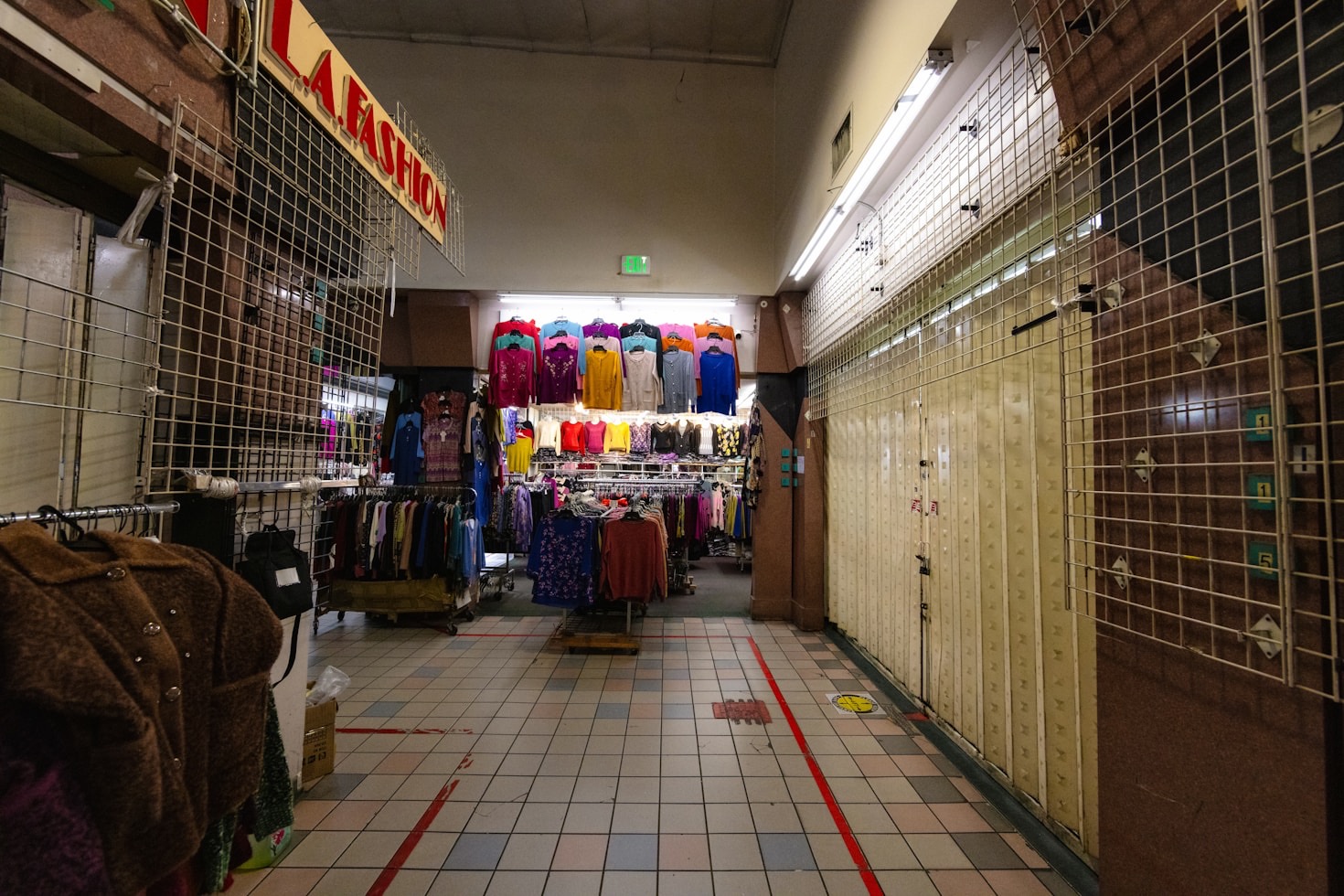
Let’s be real: college is expensive. Like, really expensive. Between tuition averaging $38,270 annually, rent that keeps climbing, and the everyday costs of just existing, nearly 70% of recent graduates are picking up side hustles just to make ends meet. And here’s the kicker—only 27% of recent grads have a full-time job in their field, while 23% haven’t found any job at all.
But something is shifting. Across neighborhoods from Brooklyn to Berkeley, Portland to Portland, a quiet revolution is taking root. People are rediscovering an old truth: we don’t need to own everything we use. And more importantly, our communities become stronger when we share.
The Hidden Cost of Hyper-Ownership
We’ve been conditioned to believe that ownership equals freedom. But the reality? For most of us, ownership has become a burden.
The average American household:
- Spent $77,280 annually in 2023, with housing taking up nearly one-third of that budget at $25,436
- 25% have a two-car garages with no room to park cars inside, and 32% with room for only one vehicle
- Loses up to nine items every day, spending 3,680 hours over a lifetime searching for misplaced items
- Has only 16% of adults with enough emergency savings to cover three to five months of living expenses, while 27% have no emergency savings at all
Meanwhile, the environmental toll is staggering. In 2018, the U.S. threw out over 292 million tons of municipal solid waste—4.9 pounds of trash per person every day, nearly 1,800 pounds per American every year. The majority of waste (62%) is ultimately dumped into landfills or burned in incinerators, with more than 91% of plastic landfilled or incinerated.
There has to be a better way. And increasingly, communities are proving there is.
The Localized Rental Revolution
Something remarkable happens when you make borrowing as easy as buying: people choose access over ownership. And when that access comes from your neighbors instead of faceless corporations, it transforms more than just transactions—it transforms communities.
This is the localized rental economy: a hyperlocal ecosystem where neighbors share tools, equipment, skills, and services through trusted, community-accountable platforms. It’s not just peer-to-peer rental. It’s about rebuilding the social fabric that hyper-consumerism tore apart.
Why Now? Three Converging Forces
1. Economic Pressure Meets Environmental Consciousness
Millennials and Gen Z are earning less, paying more for housing, and inheriting a climate crisis. They’re asking harder questions: Do I really need to own this? What’s the true cost of this purchase? The answer increasingly leads them away from ownership and toward access.
2. Technology Finally Enables Trust at Scale
For decades, sharing economies failed because trust didn’t scale beyond your immediate circle. But modern platforms can now facilitate verified identities, secure payments, transparent reviews, and community accountability—all without extracting 30% fees like Big Tech middlemen.
3. The Rediscovery of Community
The pandemic revealed what we’d lost: connection, mutual aid, and local resilience. Suddenly, knowing your neighbors wasn’t just nice—it was essential. Localized rental economies build on this renewed hunger for community, turning transactions into relationships.
What Localized Rental Economies Actually Look Like
Forget the gig economy’s race to the bottom. Localized rental economies look radically different:
In Brooklyn…
Maria lists her standing mixer on a neighborhood sharing platform. Her neighbor Tom, launching a home bakery, rents it for $15/week instead of buying one for $400. Maria earns side income from an idle asset. Tom launches his business without massive upfront costs. Both meet at the handoff, discover they’re both foodies, and Maria becomes Tom’s first regular customer.
In Austin…
Carlos offers handyman services and tool rentals through a local platform. No algorithm-driven pricing. No 30% platform fee. Just fair rates set by him, paid by neighbors who know his work. When a storm damages multiple homes on his block, the platform becomes a mutual aid hub—neighbors helping neighbors, coordinating tool sharing and repair services within hours.
In Oakland…
A worker cooperative of house cleaners lists services on a community marketplace. They set their own rates, keep 100% of their earnings, and build direct relationships with clients. No surveillance software tracking their bathroom breaks. No algorithmic deactivation. Just dignified work with fair pay in their own neighborhood.
The Economics Work—For Real People
Traditional platform companies extract value from local communities and send it to Silicon Valley. Localized rental economies flip this model entirely:
Money Circulates Locally
- Every dollar spent stays in the neighborhood
- Providers earn fair compensation without platform fees eating 20-40% of earnings
- Communities build wealth instead of bleeding it to distant shareholders
Reduced Consumption = Real Savings
- Families can reduce spending on duplicate items and equipment they rarely use
- Small businesses launch without massive equipment investments
- Students and freelancers access professional tools that would otherwise be unaffordable
Environmental Impact You Can See
- Fewer items manufactured means fewer resources extracted
- Shared items get used to their full potential instead of sitting idle
- Communities can help divert waste from the 292 million tons of municipal solid waste Americans generate annually
The Anti-Extraction Economy
Here’s what makes localized rental economies fundamentally different from Uber, Airbnb, or TaskRabbit:
Community Accountability Over Algorithmic Control
- Reputation is built face-to-face, neighbor to neighbor
- Disputes are resolved through human conversation, not faceless support tickets
- Quality is maintained through relationships, not surveillance
Fair Value Exchange Over Maximum Extraction
- Providers set their own rates based on local market conditions
- No surge pricing that gouges during emergencies
- No hidden fees that inflate costs and erode trust
Local Resilience Over Corporate Dependence
- Communities control their own economic infrastructure
- Skills and resources stay distributed, not concentrated
- When crisis hits, neighbors can mobilize immediately
The Tool Library Model Goes Digital
Physical tool libraries have proven the concept for decades. Berkeley’s Tool Lending Library, founded in 1979, is the oldest continuously running library of its kind in the nation. It started in a small mobile shed with help from a federal block grant and now houses hundreds of carpentry, electrical, gardening, and masonry items, signing up about 250 new members every month.
The Phinney Tool Library was started in Seattle in 1978, demonstrating that communities will enthusiastically share resources when given infrastructure to do so. The challenge? Geographic limitation.
You had to live near the library. You had to visit during business hours. Selection was limited to what fit in the building.
Digital localized rental platforms solve this while preserving the community ethos:
- Hyperlocal discovery: Find the power drill three doors down, not across town
- Peer-to-peer directly: Borrow from your neighbor, not from inventory
- 24/7 access: Coordinate on your schedule, not institutional hours
- Infinite inventory: Every community member’s idle assets become available
- Skill-sharing too: Not just tools—tutoring, repairs, consulting, services
It’s the tool library model, scaled to every block, without losing the human connection.
Challenges and How Communities Are Solving Them
Trust and Safety Localized platforms succeed by building verification systems without sacrificing privacy. Identity verification, damage protection, community reviews, and voluntary background checks create safety without surveillance.
Quality and Reliability When your reputation lives in your neighborhood, quality matters more. Bad actors get filtered out quickly through transparent community feedback. Good providers build loyal client bases that provide steady income.
Fair Compensation Without extractive platform fees, providers actually earn living wages. A house cleaner keeping 100% of a $150 job instead of 60% after platform fees and tips makes localized models economically viable for workers in ways gig apps never were.
What This Means for Your Community
Localized rental economies aren’t just about saving money or reducing waste—though they do both. They’re about rebuilding economic models that strengthen communities rather than extracting from them.
Imagine your neighborhood with:
- Significantly reduced household spending on rarely-used items
- Hundreds of thousands of dollars circulating locally instead of flowing to distant corporations
- Neighbors who actually know each other because they’ve borrowed, lent, and helped
- Small businesses launching without crushing debt
- Freelancers earning dignified incomes without platform exploitation
- Measurable environmental impact: waste prevented, emissions reduced
This isn’t utopian fantasy. It’s already happening in pockets across the country. The question is whether it scales—and whether your community joins the movement.
The Path Forward
The rise of localized rental economies is really the return of something ancient: community-based exchange, mutual aid, and local resilience. We’re not inventing something new. We’re reclaiming what hyper-consumerism and corporate platforms took from us.
Technology makes it possible. Economic pressure makes it necessary. Environmental crisis makes it urgent. But ultimately, localized rental economies succeed because of something simpler: they make life better.
Better for your wallet. Better for your neighborhood. Better for the planet. Better for the social fabric that makes communities feel like home.
The age of hyper-ownership is ending. Not because we’re being forced to sacrifice, but because we’re discovering that access—especially access rooted in community—offers more freedom than ownership ever did.
The power drill your neighbor owns but rarely uses? It’s not just gathering dust. It’s potential: potential income for them, potential savings for you, and potential connection for both.
The localized rental economy is rising. The only question is: will your community lead it, or follow?
Take Action
The localized rental revolution doesn’t require permission from governments or corporations. It requires neighbors deciding to trust each other, platforms choosing community over extraction, and individuals recognizing that we’re stronger together than isolated in our consumption.
Start in your neighborhood. Share what you own. Rent what you need. Build relationships. Keep money local. Track your impact.
The future of local economies isn’t coming from Silicon Valley boardrooms. It’s being built one neighborhood at a time, one shared tool at a time, one trusted transaction at a time.
Your community can be next.
Sources
- LA Times – Becoming Minimalist: “21 Surprising Statistics That Reveal How Much Stuff We Actually Own”
- U.S. Bureau of Labor Statistics: Consumer Expenditure Survey 2023
- Bankrate: “The Average American Household Budget” (2024)
- Environment America: “Trash in America” (2025)
- Wikipedia: “Tool Library”
- SF Gate: “Berkeley Tool Lending Library inspires others” (2010, 2020)
Note: Some statistics in earlier drafts about specific dollar amounts spent on rarely-used items could not be verified through reliable sources and have been removed or revised to reflect confirmed data


Leave a Reply